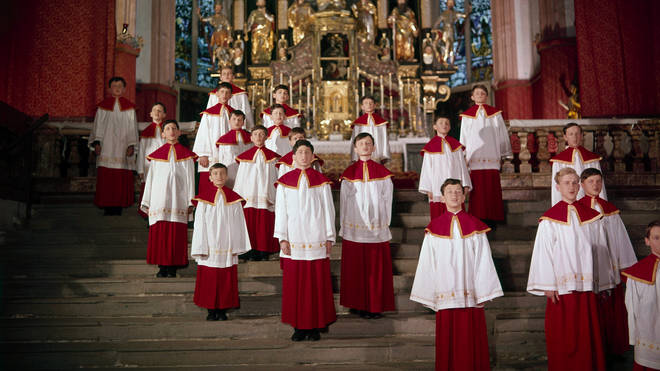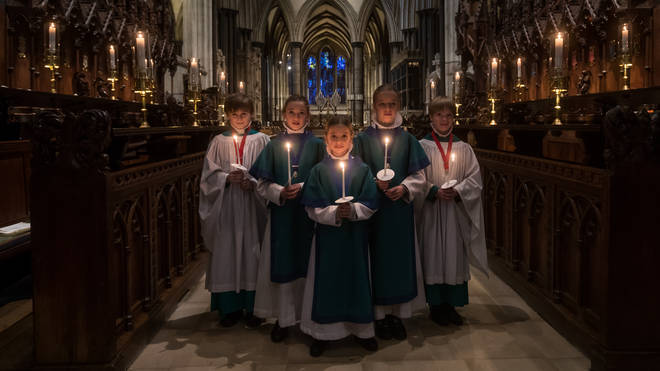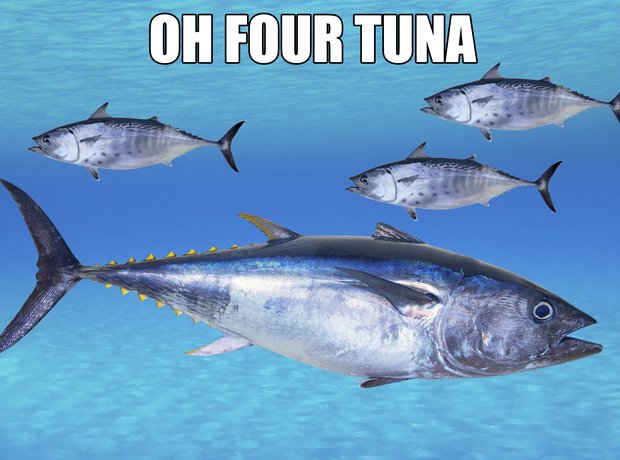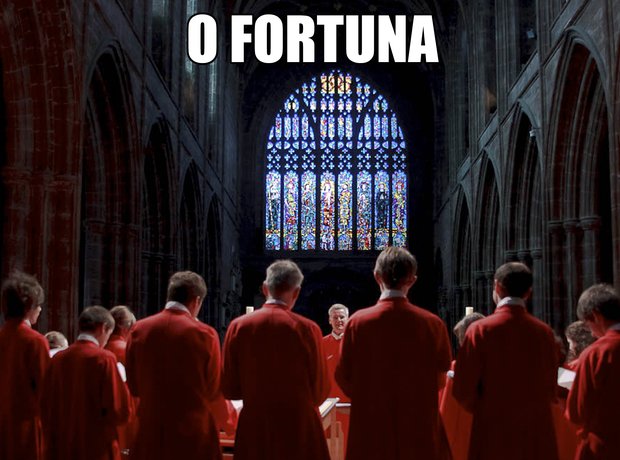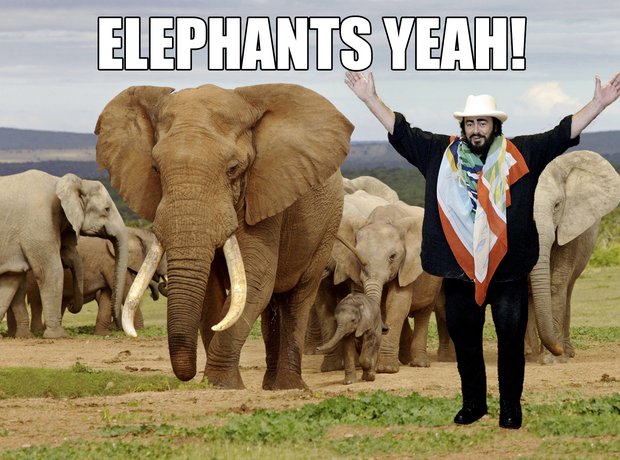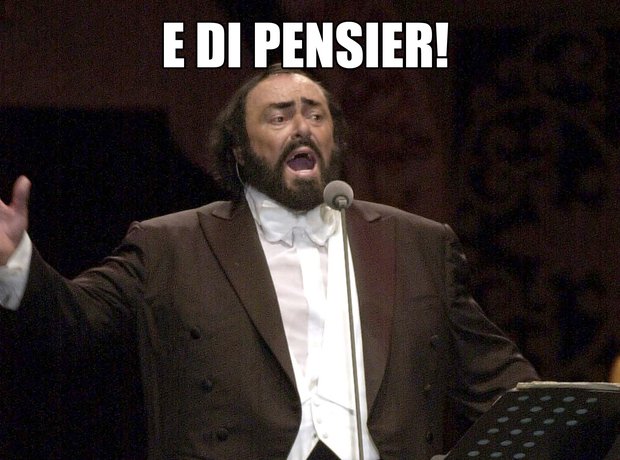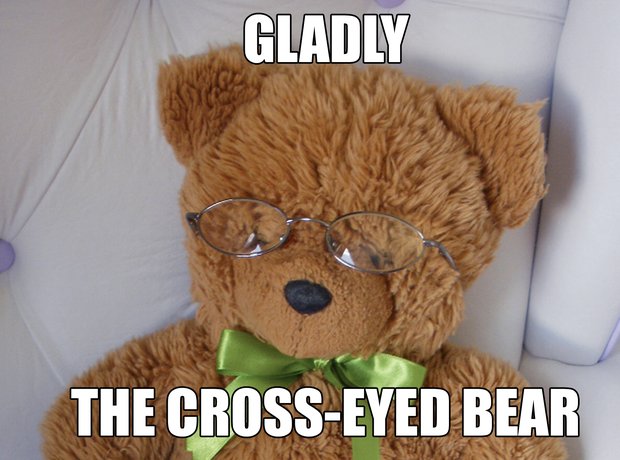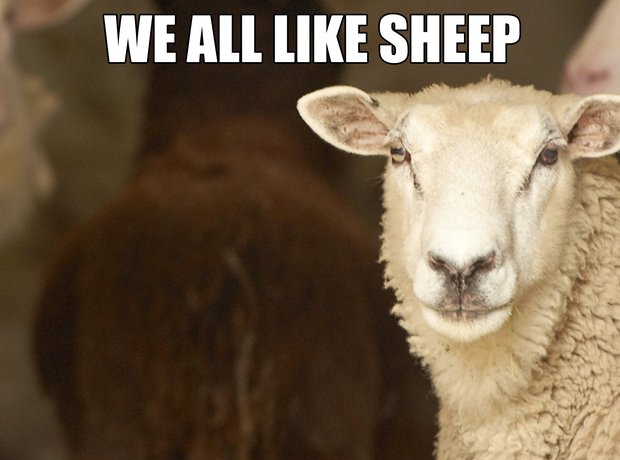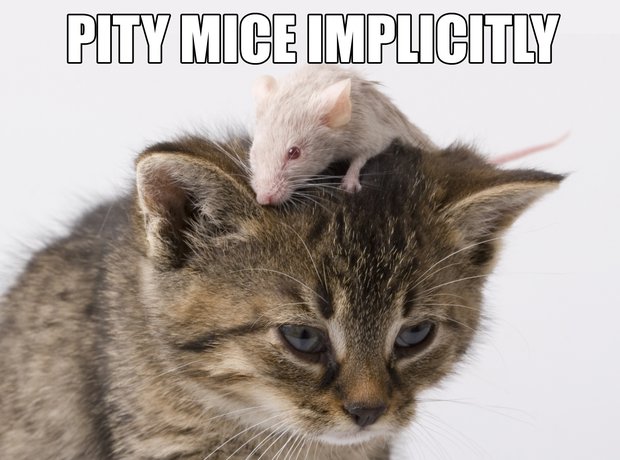A music theory analysis of Mariah Carey’s ‘All I Want For Christmas Is You’
Ever wondered why the sound of Mariah’s melismas makes you feel all warm and fuzzy? Here’s a rigorous musical analysis of ‘All I Want For Christmas is You’ – and why it’s pretty much impossible to write a Christmas hit without sleigh bells.
Released in 1994, ’s ‘All I Want For Christmas is You’ has morphed into a seasonal pop-gospel classic. Let’s break down the musical magic.
Introduction
A 50 second-long intro really hooks in the listener. After some trademark Carey melismas on ‘true’, we get a classy rallentando which leads into a perfectly placed appoggiatura on ‘you’.
It might be long, but it creates suspense by the bucket load.
Orchestration
It’s a scientific fact that sleigh bells equal snow, winter and Christmas – and Mariah uses them aplenty. Straight out of ’s 1948 hit ‘Sleigh Ride’, they’re an essential element of the song’s orchestration.
Tubular bells ring throughout, giving a nostalgic, ecclesiastical feel. There’s also a certain genius in the simplicity of the piano and drum layering, with simple but infectious fills every four bars to keep those toes tapping.
Harmony
The song is in G major, but the intro takes us through a G - B - C - E flat - D - Em - E flat - D - Am - D - G chord sequence, packing in a whole load of harmonic tension that will finally be released when we hit that first verse.
magazine’s resident musicologist counts 13 distinct chords at work throughout the song, giving it a sumptuous chromaticism against those driving 4/4 sleigh bells.

A Christmas chord?
Time for a lesson in scrunchy harmonies, guys.
There’s a theory, put forward by Slate and later illustrated by , which says the chord under ‘presents’ in the opening line – a scrunchy half diminished chord, or D minor 7 flat 5 to be exact – is what makes this song Christmassy.
It’s a deliciously appealing idea, a secret chord that injects a feeling of warm, festive spirit, like a home filled with the smell of cloves and mulled wine.
But not everyone is convinced. Over the centuries, many have tried to link notes and chords to characteristics, but in the end, it’s all in the ear of the listener.
That being said, a scrunchy chord does stand out in the harmonic texture. So, if a half diminished chord makes you feel Christmassy, let it make you feel Christmassy.
The vocals
A few months ago, we asked Classic FM presenter and legendary Baroque soprano to share her thoughts on the iconic voice.
She said: “Mariah is brilliant because she takes that shouty voice higher in pitch than any classical singer that I’ve ever met. It’s really, really impressive.”



